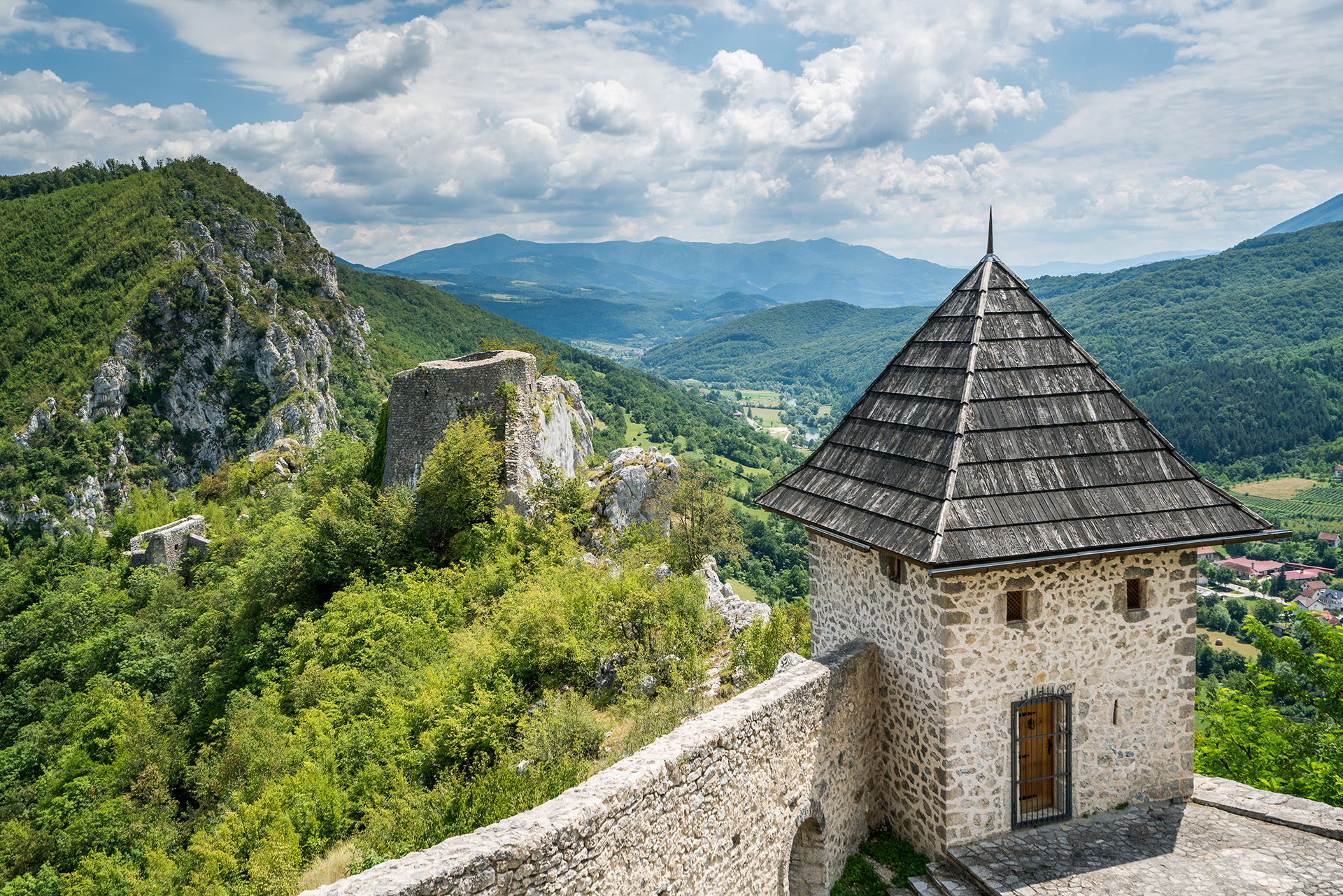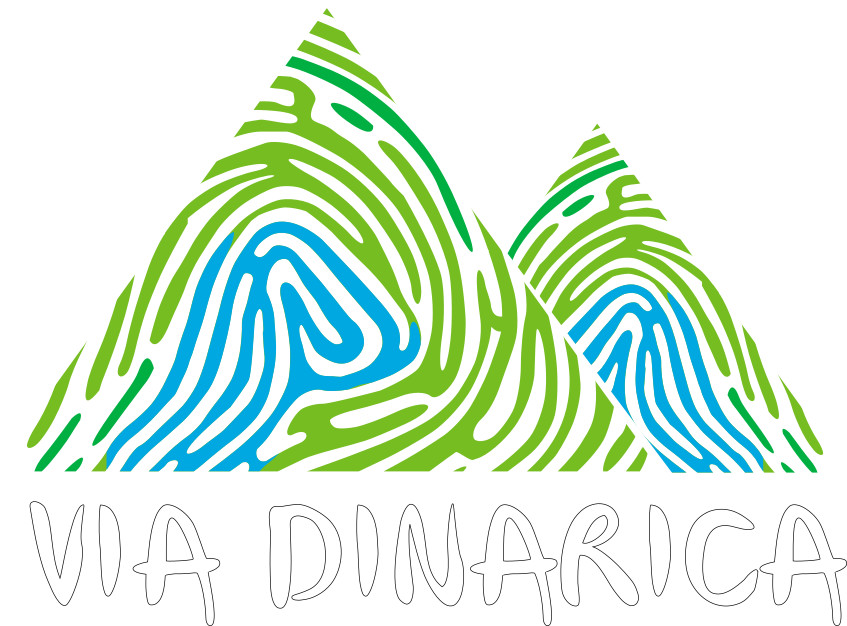FROM THE SPRINGS TO THE KING'S FOOTPRINT
The Springs of Sana Natural Monument, located in the municipalities of Mrkonjić Grad and Ribnik, has been on the list of protected areas of Bosnia and Herzegovina since 2021. All three springs of the Sana River are located in the village of Donja Pecka and are named after their geomorphological features: Pećina, Slap i Suho (Cave, Waterfall, and Dry) Spring. Only the bravest dare to take a dip here, given the constant temperature of 7°C. Flowing 146 kilometers from the village, the Sana River passes through Ključ, Sanski Most, and Oštra Luka to Prijedor, where it turns westward and merges with the Una River in Novi Grad.
The Mračaj Estavelle and the Korana River, whose course flows into the Sana River, add additional value to this area. An estavelle is a cavity in the karst that alternately acts as a spring, when the channels in the karst underground are filled with water, and as a swallow hole, when they aren’t. This often doesn’t coincide with weather conditions, so it can swallow water during rainy periods, and discharge it during dry periods. Up until 2012, this estavelle was explored up to a length of 400 meters and a depth of 26 meters, when cave divers reached a waterfall within the cave opening itself.

Boro Marić
The Pecka village hosts an outstanding climbing site, one of the largest in our country. Tall cliffs are equipped with over a hundred climbing routes. The climbing site is conveniently located only two kilometers from the Visitor Center, offering all the necessary amenities for visitors, climbers, and hikers. The rock faces are maintained, and routes are developed by the Extreme Climbing Club. Pecka is also a great destination for cycling, featuring 200 kilometers of marked trails ranging from easy to moderately difficult. The Pecka Outdoor Festival has been held here since 2010, a two-day event promoting active outdoor pursuits.

Boro Marić
REFUGE OF THE LAST BOSNIAN KING
The Old Town of Ključ offers a breathtaking view of the Sana River. The towers and remnants of stone walls perched on sharp, steep cliffs bore witness to significant historical events. Although first mentioned in documents in 1322, the Old Town is likely much older, as evidenced by Roman complexes within the walls.
The Ključ Fortress is remembered for being the refuge for the last Bosnian king, Stjepan Tomašević, as he fled from Bobovac and Jajce ahead of the Ottoman forces.

Adnan Bubalo
Sultan Mehmed the Conqueror, spearheading the Bosnian campaign, dispatched a large army led by the Grand Vizier Mahmut Pasha to capture the king. Faced with the inevitable end, the king surrendered on May 25, 1463.
According to a legend recounted by the locals, the king descended down the slopes of Lubica with his entourage, and at one spot, a stone in the shape of a foot, said to be the king’s, still stands today. The surrender of the king marked the downfall of the medieval Bosnian state.
Find this QR code on the location:

































